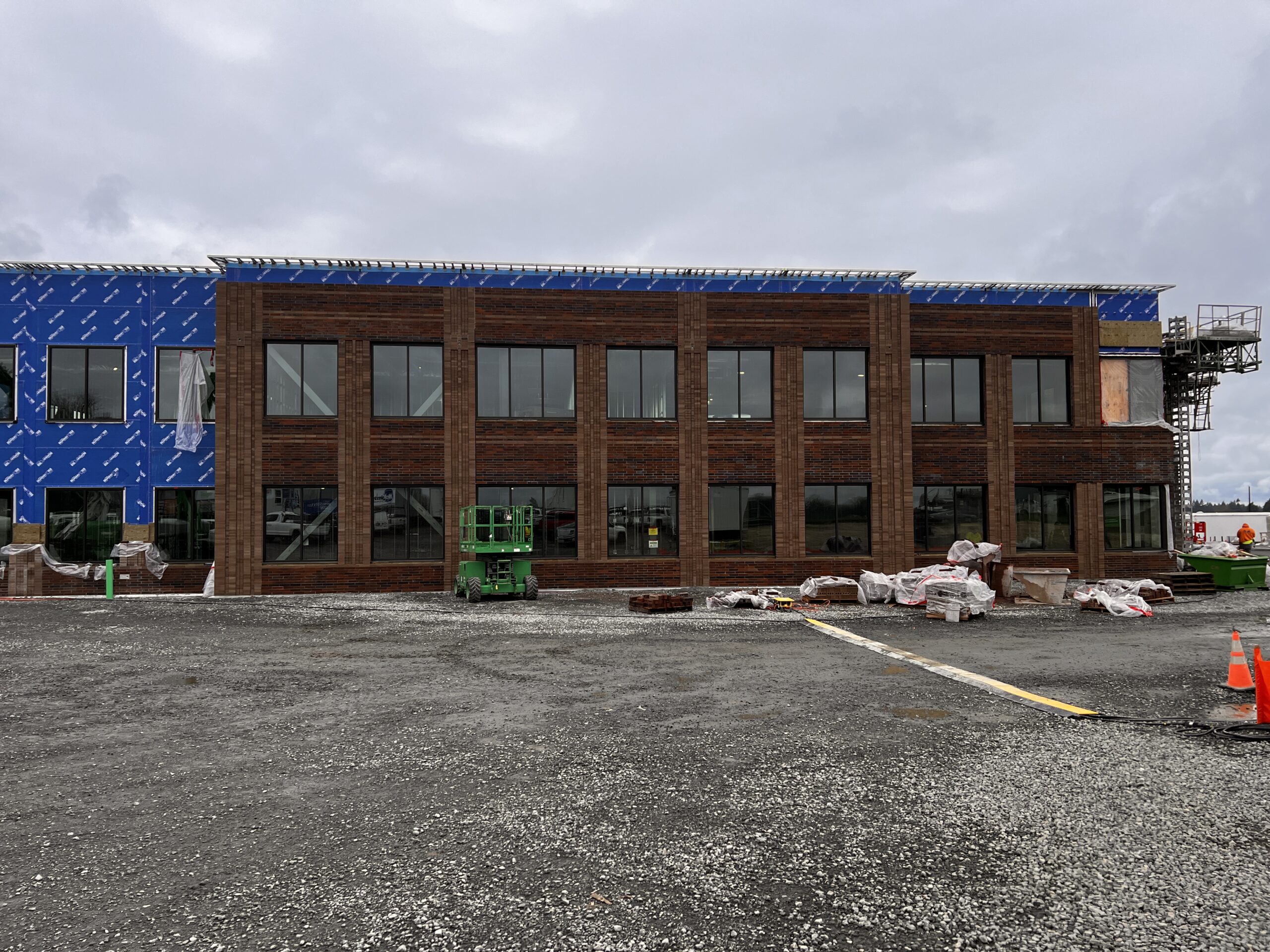Building envelope, also known as building enclosure, is a critical component of any structure. It serves as the primary interface between interior and exterior environments, providing protection, insulation, and structural support. We are going to explore the importance of building envelope for today’s blog. The goal will be understanding the role it has in creating comfortable, healthy, and energy efficient indoor environments.
The building envelope is the outer shell of a building, comprising walls, roofs, windows, doors, and foundation systems. It acts as a protective shield against external elements such as weather, temperature fluctuations, and moisture penetration. The primary functions of the building envelope include:
- Weather Protection: One of the principal roles of the building envelope is to shield the interior of the building from the adverse effects of outdoor weather conditions. It prevents water intrusion, air leakage, and moisture penetration. Safeguarding the structural integrity of the building and the comfort of the occupants.
- Thermal Insulation: The building envelope also plays a crucial role in regulating heat transfer between the interior and exterior of the building. Proper insulation helps maintain stable indoor temperatures, reduces heating and cooling loads, and improves the overall energy efficiency. By minimizing thermal bridging and heat loss or gain, the building envelope enhances occupant comfort and also reduces energy consumption.
- Air Barrier: An effective air barrier is essential for preventing uncontrolled air leakage in and out of the building. The building envelope acts as a barrier against drafts, ensuring consistent indoor air quality and temperature. Proper air sealing reduces energy loss, enhances the HVAC system performance, and improves the overall indoor comfort.
- Moisture Control: Managing moisture within the building envelope is crucial for preventing mold growth, rot, and deterioration of the building and materials. The building envelope should effectively repel water from the exterior while allowing moisture to escape from the interior. Vapor barriers, waterproofing, and proper drainage systems support in maintaining a dry and healthy indoor environment.
- Structural Support: In addition to the protective and thermal functions, the building envelope provides structural support and stability to the building. It resists wind loads, seismic forces, and other external pressures, ensuring the safety and resilience of the structure. Proper design and construction of the building envelope are essential for meeting structural requirements, while also ensuring long-term durability.
The building envelope plays a vital role in determining the overall performance, durability, and sustainability of a building. Here are some key reasons why the building envelope is crucial for long-term building performance:
- Energy Efficiency: A well-designed and properly constructed building envelope significantly impacts the building’s energy performance. By minimizing heat loss and gain, air leakage, and thermal bridging, the building envelope reduces energy consumption, lowers utility costs, and enhances overall energy efficiency. Investing in high-performance insulation, air sealing, and fenestration systems can lead to substantial energy savings over the life of the building.
- Indoor Comfort: The building envelope directly affects indoor comfort by regulating temperature, humidity levels, and air quality. A properly insulated and sealed envelope creates a more comfortable and consistent indoor environment for occupants by reducing drafts, mitigating hot or cold spots, and lowering humidity-related issues. Enhanced indoor comfort led to improved occupant satisfaction.
- Durability and Resilience: A robust building envelope enhances the durability and resilience of a building, protecting it from environmental hazards and long-term wear over time. A well-designed envelope withstands weather extremes, moisture ingress, and other external stresses, prolonging the life of both the building materials and systems. Investing in durable materials, proper detailing, and regular maintenance ensures the longevity and performance of the building envelope.
- Health and Safety: The building envelope directly impacts indoor air quality and occupant health by preventing moisture-related issues and indoor pollutants. A well-ventilated and moisture-controlled envelope reduces the risk of mold growth, allergens, and potential respiratory problems. Properly sealed and insulated envelopes also contribute to fire safety by limiting the spread of flames and smoke.
As you’ve learned, building envelopes are a critical component of building design and construction providing protection, insulation, and structural support. Understanding the importance of the building envelope is essential for creating sustainable, comfortable, and resilient buildings. By investing in a well designed and accurately constructed building envelope, owners can achieve higher levels of durability, energy efficiency, and occupant satisfaction. Leading to safer, healthier, and more sustainable environments.

